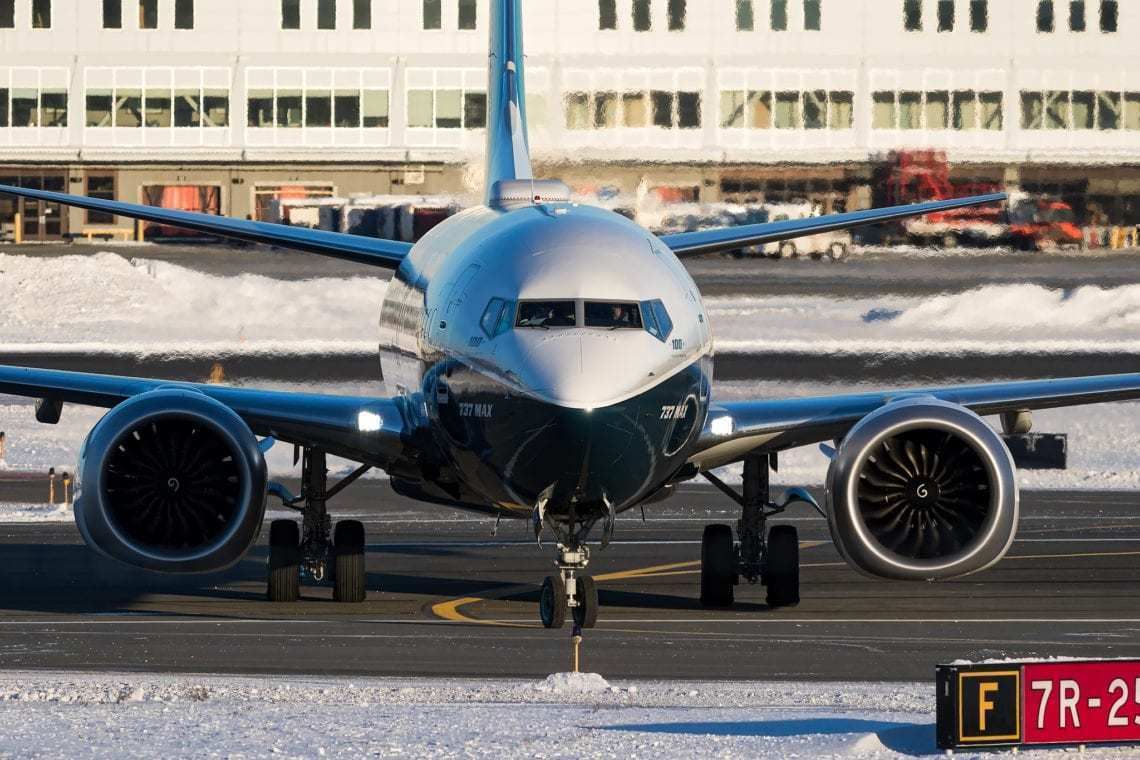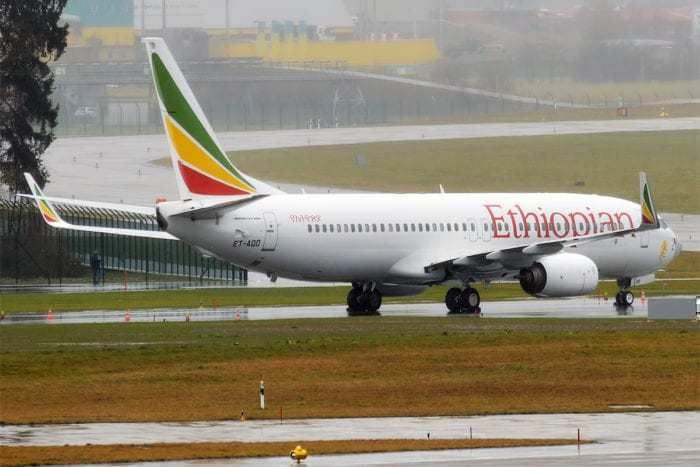Daniel K Elwell, acting administrator of the Federal Aviation Administration (FAA) has been grilled for hours by congress about aspects of the Boeing 737 MAX situation at a meeting on the 15th May. As well as answering questions relating to the Maneuvering Characteristics Augmentation System (MCAS), he was quizzed about the FAA’s relationship with Boeing and the timeline for reinstating the plane.Acting head of the FAA, Dan Elwell, was grilled with questions from lawmakers at the meeting on the 15th May. Sitting before the House Transportation Committee for hours, Elwell was asked about everything from MCAS to the FAA to the timeframe for the MAX returning to service.
The FAA has come under fire for allowing Boeing to self-certify some aspects of the MAX, as well as their somewhat tardy decision to ground the plane after two fatal accidents. Rick Larsen, Chairman of the board, set the tone of the meeting when he said:
“The FAA has a credibility problem. The FAA needs to fix its credibility problem.â€
Not enough in the manual
Speaking to the House transport committee, Elwell told the house there should have been more information in the training manuals regarding the MCAS anti stall system. In a rare public criticism of Boeing, he was reported by the Financial Times as saying:
“As a pilot, when I first heard about this, I thought there should have been more text in the manual about the MCAS [the anti-stall system],â€
Pilots have previously complained that they didn’t know enough about the MCAS system. This system has been blamed for the two tragic crashes of 737 MAX jets, killing a total of 346 people.
Boeing have defended themselves, saying that pilots should have known how to override the system, saying that it was similar to previous models of the aircraft. However, Elwell has slammed Boeing for not telling the FAA earlier that one of the safety features of the system didn’t work for many airlines.
A warning light signifying a potential malfunction of the angle of attack (AOA) sensor was rendered useless if the aircraft didn’t have an additional feature fitted to the pilot’s display. Boeing apparently knew about this problem a whole year before the first MAX crash but didn’t mention it to the FAA until after the incident. Elwell continued,
“Because the AOA disagree light was not a safety critical feature, it languished. I am not happy with a 13-month gap between finding that anomaly and us finding out about that. We are going to look into that.â€
Software fix on the way
Word is that Boeing expect to deliver the software update within the next few weeks for inspection by the FAA. This will be the first step towards getting the aircraft back in the skies. In fact, the LA Times states that the fix could be ready for inspection as soon as next week.
Elwell hasn’t indicated how long the inspection will take but has said that a technical advisory board will provide a ‘third set of eyes’ for the process. He said,
“As our work continues, I want to offer this assurance. In the U.S., the 737 Max will return to service only when the FAA'S analysis of the facts and technical data indicate that it's safe to do so.â€
FAA Acting Administrator Dan Elwell: "In the U.S., the 737 Max will return to service only when the FAA's analysis of the facts and technical data indicate that it's safe to do so." pic.twitter.com/r8GG7qZB6f
— CSPAN (@cspan) May 15, 2019


